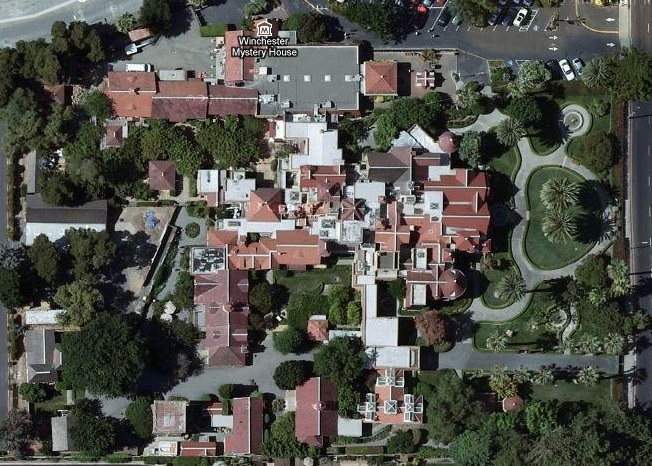Bad Apple - The chink in the Armour (How the iPhone 4S failed)
/Apple launched a great product on 4th October 2011 - a new iPhone, the 4s, faster processor, hugely improved camera, better battery life, better global inter-operability, new iOS (previously announced), more memory - and so the list goes on.
And yet the overwhelming feeling I've seen (and have myself) is one of great underwhelm-ment. How so? Isn't this a great device?
Yes, it is. But you have to remember how high Apple traditionally sets the bar. Rumours abounded about a new iPhone 5 with lush new looks and a bigger screen. In light of this, surveys were suggesting that almost 70% of existing iPhone users were looking to upgrade - an astonshing figure representing pent-up demand. If Apple could have translated this into action, it would have blown the sales figures sky high.
Will Apple translate this into conversions? I doubt it.
So what went wrong?
Two things.
First, they broke one of Steve Jobs' cardinal rules. He's quoted as saying "We made the buttons on the screen look so good you’ll want to lick them". That's right, designs so good you want to lick them.
Apple failed spectacularly here by launching a phone with identical looks and form factor to the iPhone 4. Sure, it was good enough to lick when it was first launched 16 months earlier, but expectations have moved on. A whole generation of iPhone and non-iPhone new users want to proudly display and caress their new swish (and expensive) pocket companion. Think I'm exaggerating? People actually seem to love their smartphones.
Apple totally let them down. It's almost inconceivable how they managed to. Design is everything at Apple, and yet what Apple did yesterday was play with features. Features. Features, in fact, that users are not even sure they need, want or know how to use: like the Siri speech recognition. Who was aching for this? (I was aching for features that simplified clumsy workflows, such as rotating and cropping photos - totally basic stuff that was missing onboard - thankfully they delivered on that).
Second, they didn't fully tap into the user ownership experience. This needs careful definition. The user experience of the iPhone is wonderful. World class, world leading. From an interface point of view it is the slickest out there. And clearly Apple hoped to slap a bit more slickery onto it with the speech recognition, improvements in iOS 5 (such as the message centre) and so on. All good. All very good.
But what it didn't do was tap into the emotional part of how that experience manifests for users - what it feels like to own one. Their joy, passion, advocacy for the product that comes from using and adoring it. In recent years Apple has been the leading technology company that's melded all the aspects of good design, good service, good marketing, good experience into one happy melting pot of customer enjoyment of, and enthusiasm for, the products and the Apple experience. It's a tough feat to pull off, but Apple had licked it. (Licking is a recurring theme. )
It failed on this yesterday by calling the iPhone 4S the iPhone 4S. The hopes and aspirations of would-be iPhone 5 users were dashed. Something as simple as the chosen name communicated to the world: we didn't do so much this time; we're not being revolutionary any more. Apple, not being revolutionary? That used to be pretty much Steve Jobs' mantra.
The choice of name communicated so much more than any feature list could ever hope to do.
So, what we have here, is a world class product that failed to connect with its users. For me, that suddenly shines a light on a chink in Apple's armour.





